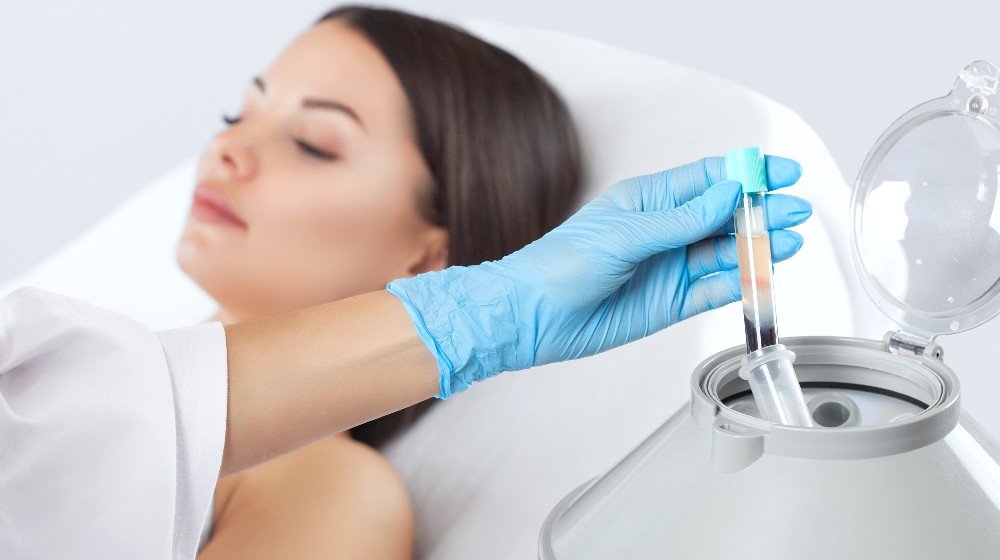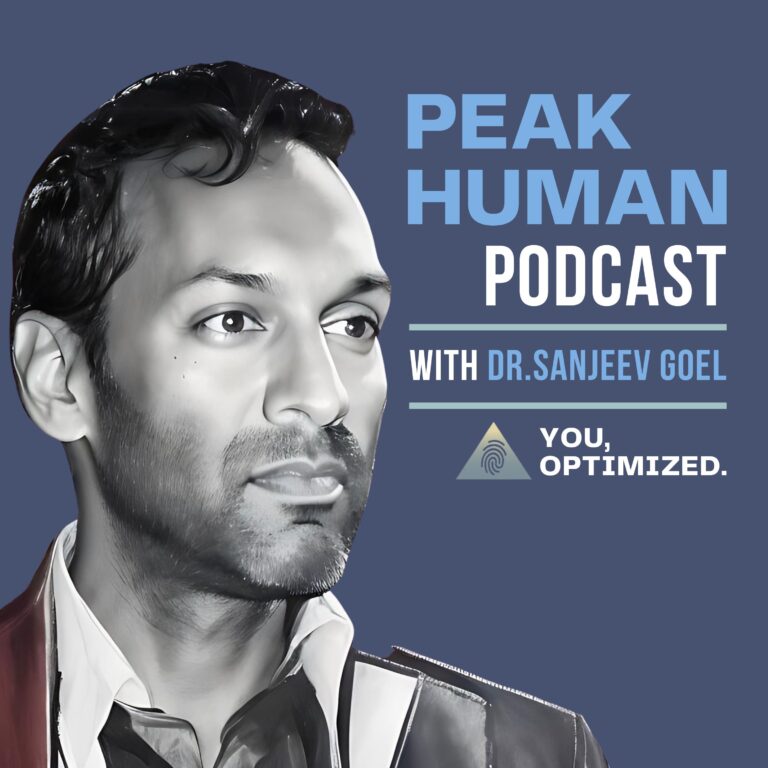Professor Irina M Conboy, from the department of Bioengineering UC Berkeley, talks to the Foresight Biotech & Health Extension Group about tissue rejuvenation via plasma exchange and dilution.
Discover how we understand (or do not understand) the causes of aging, the effects of blood exchange and plasma dilution on our bodies, and what this could mean in terms of preventing, reducing, and reversing age-imposed diseases.
Watch the video:
Scientists Prove Plasma Exchange Therapy is Rejuvenative
What Is Plasma Exchange?
Plasma exchange therapy or therapeutic plasma exchange (TPE), also known as apheresis and plasmapheresis, is a procedure in which the patient’s blood is passed through an apheresis machine, where the filtered plasma is separated and got rid of with reimplantation of red blood cells along with replacement fluid such as albumin or plasma into the patient.
Plasma Exchange Treatment Benefits

Plasma exchange is similar to what happens in kidney dialysis. It aims to remove disease-causing agents such as the antibodies which harm the body.
Plasma exchange treatment has been used for several types of conditions, such as:
- Neurological diseases
- Blood disorders
- Nervous system conditions
- Hyperviscosity syndromes
- Some kidney conditions
Tissue Rejuvenation via Plasma Dilution

In 2005 Professor Irina M Conboy, with her team at the University of California Berkeley, made an astonishing breakthrough while creating conjoined twins from a couple of old and young mice that shared blood and organs. They discovered that the old mouse’s tissues were rejuvenated, and signs of aging were reversed.
What was even more intriguing, after further research, they found they did not need the young mice’s blood to achieve the age-reversing effects.
In a recent interview with the Foresight Institute, Professor Conboy shared her research on tissue rejuvenation and plasma exchange: Plasticity of the age: preventing, attenuating, and reversing the age-imposed diseases, as a class.
Meet the Speaker – About Irina Conboy
Irina M Conboy is a Professor at UC Berkeley who joined the Bioengineering Department in 2004. Dr. Conboy received her PhD. in Pat Jones laboratory at the Department of Biological Sciences at Stanford University, in Molecular and Cellular Immunology, in 1998. Her research expertise and interests are stem cell niche engineering, tissue repair, stem cell aging, and rejuvenation.
Plasticity of the Age: Preventing, Attenuating and Reversing the Age-imposed Diseases, as a Class
Background
How we understand (or do not understand) the causes of aging
With the chronological aging increase, there is a dramatic increase in organ deterioration and disease, which at some point becomes catastrophic. Interestingly, this chronological age is very different for mammals that are similar to each other in many parameters that are considered to affect aging. For example, rats live only three years, and squirrels have a lifespan of 20-30 years. Even though they are similar in size and metabolic activity and have a similar diet, squirrels live ten times longer.
That tells us we don’t really understand what controls the rate of mammalian aging; despite having some theories, it is not simply the metabolic rate, entropy, or the rate of damage that controls aging.
The efficiency of repair – regeneration controls life/healthspan
An older person and a young person can potentially have the same amount of damage. For example, an older person who takes care of themselves could have minor damage because they eat a healthy diet and wear sunscreen, compared to a young person who has a poor diet, goes clubbing every night, and basks in the sun. The rate of repair is significantly higher at a young age. So perhaps if we can improve repair in an older person, we can then rejuvenate them.
This is the general conceptual explanation of what Professor Conboy and her team are doing and why. “We might not be able to reverse entropy itself in every single minute detail, but we can attenuate it and offset it by each generation which is the key to longevity,” she said.
Research
From earlier studies of blood exchange between young and old mice, the team discovered that old blood is more inhibitory than young rejuvenating blood, particularly for the brain. Old animals made more neurons in the hippocampus when they exchanged blood with a young donor. Old blood dramatically inhibits neurogenesis, but young blood does not rejuvenate it. If you exchange only blood, it does not become younger.
Further studies showed the agility and cognition of old mice did not improve by plasma exchange. Yet, young mice suffered a sharp decline in these parameters. Regardless of whether old mice were exchanged with young blood or old blood, they could not improve agility, coordination, memory.
This led to the idea that multiple tissues in old mammals can be systematically rejuvenated. This was already true for the brain, muscle, and liver – results obtained in the original 2005 study. The discovery was not about “young blood” but proof that mammalian aging is systemic and can be prevented, attenuated, and reversed to youth.
So, the question remained: how did this happen in blood sharing?
Some groups made an intuitive jump, concluding that young blood is the medicine! But science has consistently led to the discovery of the accurate paradigm:
“Parabiosis worked because of the old blood dilution and the removal of antagonized age-elevated negative factors. Young blood is not a medicine, and it is not needed for rejuvenation”.
Thus, essentially, the dilution of blood caused the same or more significant rejuvenation effects.
This brings us to the most recent discoveries.
In the plasma exchange study in mice, half of the plasma was replaced with saline containing 5% albumin (terming it a “neutral” age blood exchange, NBE). The following results were noted:
- Fibrosis of muscle was diminished in old subjects. After, dilution regeneration improved, becoming similar to levels of the young mice. Also, the diameter of the newly formed muscles was bigger.
- Neurogenesis of aged mice was enhanced by one procedure of neutral blood exchange.
- Liver adiposity and fibrosis were reduced in old mice after a single procedure of neutral blood exchange.
- Old plasma dilution reduced brain senescence.
- Old plasma dilution reduced neuroinflammation.
The data demonstrate that a single NBE suffices to meet or exceed the rejuvenating effects of enhancing muscle repair, reducing liver adiposity and fibrosis, and increasing hippocampal neurogenesis in old mice, all the key outcomes seen after blood exchange.
Aging is driven by an excess of systemic proteins, which, when elevated, become harmful for tissue health and repress age-diminished genes/proteins that we need. Consequentially, the blood exchange process because of dilution leads to an increase in the “youthful” proteins in mice and people, serving almost like a molecular reset button resetting the entire system back to health and “youth.”
This does not mean that donating blood would make anyone younger. Still, it is a novel scientific “thread” for unraveling the cause of age-imposed health decline and new meaningful medicine.
What’s Next?
The limits of these findings will largely be revealed after the phase II clinical trials. When we find out how long the results last and how many age-associated diseases can be tackled with this procedure, and what hallmarks of aging can be offset, we will then see the limitations.
These findings have inspired countless studies about whether young blood contains unique proteins or molecules that have the potential to act as the “elixir of youth” for both mice and humans.
Takeaways
- Plasma exchange therapy (TPE) is a process where the patient’s blood is filtered and replaced with fluid and the reimplantation of red blood cells.
- The uses and benefits of plasma exchange include neurological diseases, blood disorders, nervous system conditions, hyperviscosity syndromes, some kidney conditions.
- In studies, it was found that old blood is more inhibitory than young rejuvenating blood. Young blood is not a medicine, yet old blood dilution and the removal of antagonized age-elevated negative factors led to rejuvenation.
- Recent studies discovered the dilution of blood leads to an increase in the “youthful” proteins, serving almost like a molecular reset button – back to health and “youth.”
Where to Get Further Information
- Watch the full video: Tissue Rejuvenation via Plasma Dilution | Irina Conboy, UC Berkeley
- The Foresight Institute
- A Single Heterochronic Blood Exchange Reveals Rapid Inhibition Of Multiple Tissues By Old Blood
- Blood From Young Animals Can Revitalise Old Ones
- The Ageing Systemic Milieu Negatively Regulates Neurogenesis And Cognitive Function
- Rejuvenation Of Three Germ Layers Tissues By Exchanging Old Blood Plasma With Saline-albumin
- Plasma Dilution Improves Cognition And Attenuates Neuroinflammation In Old Mice
- The Conboy Laboratory
If you have questions about plasma exchange or any of the conditions discussed here, connect with us and learn more.
At Peak Human, our team of healthcare professionals is dedicated to helping you reach your ‘peak’ health with a custom whole-person approach. Using the most cutting-edge, science-backed biohacking and aesthetic tools, technologies, and treatments available today, we help you achieve the highest physical/cognitive performance state, leading to an improved overall quality of life.
For questions or to book an appointment, don’t hesitate to contact us. Get personalized support and insight from expert physicians.
Up Next:
- Should You Take Trans-Resveratrol? Benefits For Your Overall Health
- Senolytic Therapies as a Way to Improving Lifespan
- A Treatment to Enhance Your Pelvic/Sexual Health





